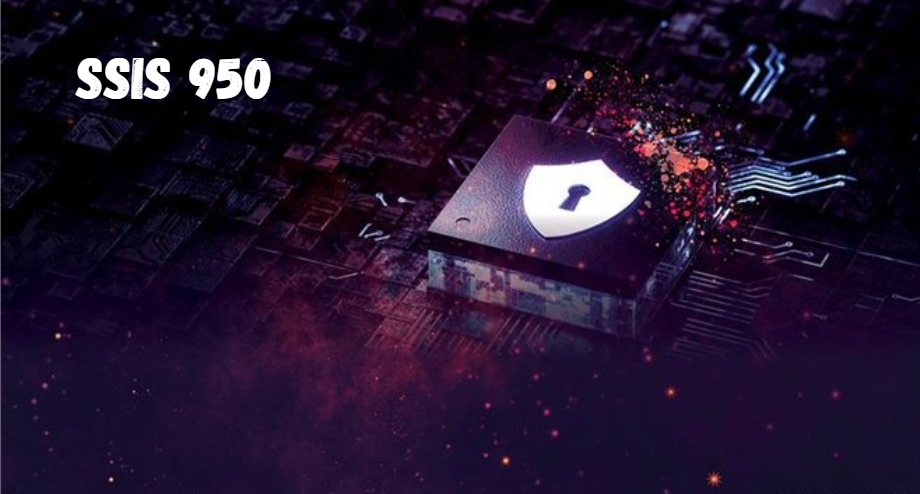Understanding Blockchain Technology: The Backbone of Cryptocurrencies
Blockchain technology has emerged as a revolutionary force, fundamentally transforming the way we think about digital transactions, data security, and decentralized systems. Originally designed as the underlying framework for Bitcoin, blockchain technology has since found applications across various industries. This article delves into the intricacies of blockchain technology, exploring its mechanisms, benefits, applications, and future potential.
Contents [hide]
1. What is Blockchain Technology?
Definition
Blockchain is a decentralized, distributed ledger that records transactions across multiple computers. This ensures that the recorded transactions cannot be altered retroactively without the alteration of all subsequent blocks and the consensus of the network.
Key Components
- Blocks: Each block contains a list of transactions. Once a block is completed, it is added to the chain in a linear, chronological order.
- Nodes: Nodes are individual computers that participate in the blockchain network. Each node maintains a copy of the entire blockchain and validates new transactions.
- Consensus Mechanisms: These are protocols used by blockchain networks to achieve agreement on a single data value or a single state of the network among distributed processes or systems. Examples include Proof of Work (PoW) and Proof of Stake (PoS).
How Blockchain Works
- Transaction Initiation: A user initiates a transaction.
- Transaction Verification: The transaction is broadcast to a network of nodes, which validate the transaction using consensus mechanisms.
- Block Creation: Once validated, the transaction is grouped with other transactions into a block.
- Block Addition: The block is added to the existing blockchain, creating a permanent, unalterable record.
- Transaction Completion: The transaction is complete, and all nodes update their copy of the blockchain to reflect the new transaction.
2. Advantages of Blockchain Technology
Transparency and Trust
Blockchain’s decentralized nature ensures transparency. Each transaction is visible to all participants in the network, fostering trust.
Security
Blockchain technology provides a high level of security through cryptographic techniques and consensus algorithms, making it extremely difficult to tamper with the data.
Decentralization
Decentralization removes the need for intermediaries, reducing costs and the potential for manipulation or failure.
Immutability
Once recorded, transactions on the blockchain cannot be altered or deleted, ensuring the integrity and permanence of the data.
Efficiency
Blockchain can streamline processes and reduce the time needed for transactions by eliminating the need for intermediaries and automating tasks.
3. Applications of Blockchain Technology
Cryptocurrencies
The most well-known application of blockchain is in cryptocurrencies like Bitcoin and Ethereum. Blockchain provides the foundation for their operation, enabling secure, transparent, and decentralized transactions.
Supply Chain Management
Blockchain can enhance supply chain transparency and efficiency by providing a real-time, immutable record of transactions, from the production of goods to their delivery to the end consumer.
Healthcare
In healthcare, blockchain can be used to securely store and share patient data, ensuring privacy and improving the accuracy and efficiency of medical records.
Finance
Blockchain technology is transforming the finance industry by enabling faster, cheaper, and more secure transactions. It facilitates peer-to-peer payments, cross-border transactions, and the issuance of digital assets.
Real Estate
Blockchain can streamline real estate transactions by reducing the need for intermediaries, speeding up processes, and providing a transparent record of property ownership and transaction history.
Voting Systems
Blockchain can be used to create secure and transparent voting systems, ensuring that votes are accurately counted and cannot be tampered with.
Intellectual Property
Blockchain can be used to manage and protect intellectual property rights by providing a transparent and immutable record of ownership and rights.
4. Challenges and Limitations
Scalability
One of the main challenges of blockchain technology is scalability. As the number of transactions increases, the size of the blockchain grows, requiring more storage and processing power.
Energy Consumption
Consensus mechanisms like Proof of Work (PoW) consume a significant amount of energy, raising concerns about the environmental impact of blockchain networks.
Regulation
The regulatory landscape for blockchain technology is still evolving, with different countries adopting varying approaches. Regulatory uncertainty can hinder the adoption and development of blockchain solutions.
Interoperability
Different blockchain networks often operate in isolation, making it difficult to transfer assets or information across platforms. Improving interoperability is a key area of focus for the future.
Security Risks
While blockchain is inherently secure, it is not immune to attacks. For example, 51% attacks can occur if a single entity gains control of the majority of the network’s computing power.
5. Future of Blockchain Technology
Advancements in Consensus Mechanisms
The development of more efficient consensus mechanisms, such as Proof of Stake (PoS) and Delegated Proof of Stake (DPoS), will address scalability and energy consumption issues.
Integration with Emerging Technologies
Blockchain technology will increasingly integrate with other emerging technologies, such as the Internet of Things (IoT), artificial intelligence (AI), and machine learning, to create more powerful and innovative solutions.
Regulatory Evolution
As blockchain technology matures, regulatory frameworks will become more defined, providing greater clarity and fostering wider adoption.
Enhanced Interoperability
Efforts to improve interoperability between different blockchain networks will facilitate seamless asset and information transfer, enhancing the utility and adoption of blockchain solutions.
Increased Adoption Across Industries
As the benefits of blockchain technology become more widely recognized, its adoption will continue to grow across various industries, from finance and healthcare to supply chain management and beyond.
Development of Decentralized Applications (dApps)
The development of decentralized applications (dApps) on blockchain platforms like Ethereum will continue to drive innovation and expand the use cases for blockchain technology.
Conclusion
Blockchain technology, the backbone of cryptocurrencies, has the potential to revolutionize various industries by providing transparency, security, and efficiency. While challenges remain, ongoing advancements and increasing adoption indicate a promising future for blockchain technology. Understanding its mechanisms and potential applications is crucial for businesses and individuals looking to navigate and capitalize on this transformative technology. As blockchain continues to evolve, it will undoubtedly play a central role in shaping the future of digital transactions and decentralized systems.






















































Post Comment